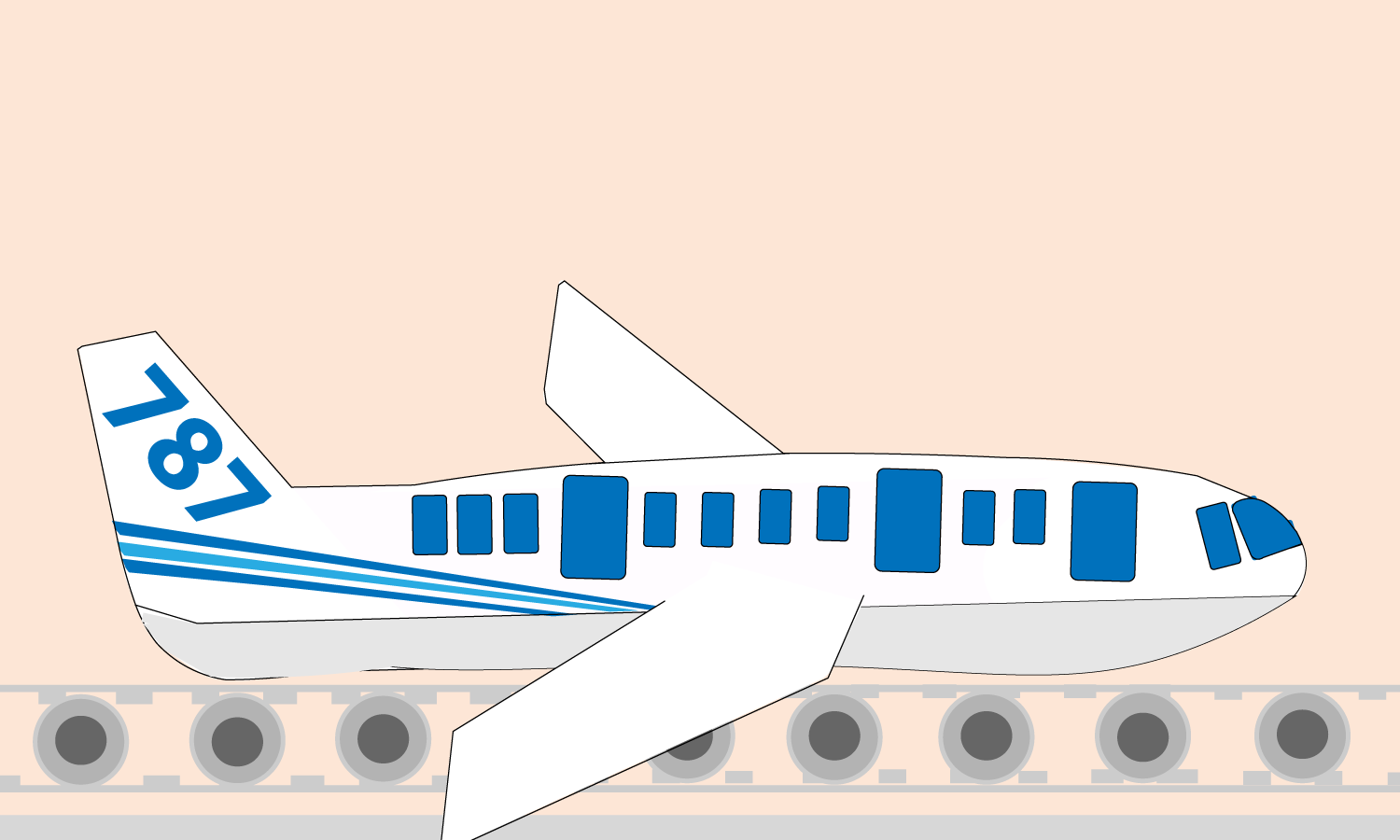No company wants to experience a supply chain disaster. Unfortunately, that is exactly what happened to the world’s largest aerospace company Boeing. Boeing is America’s largest manufacturer of jetliners, defense, space and security systems.
The Company
William E. Boeing founded Boeing in 1916 and has been a leader in the aerospace manufacturing industry for over 100 years since. They have made it their mission to Connect, Protect, Explore and Inspire the World through Aerospace Innovation and are maintaining this directive by providing service to customers in more than 150 countries around the world.
Currently, Boeing is redefining the air with their 787 Dreamliner airplane. The craft is 20 percent more fuel-efficient than Boeing’s previous model (the 767). It allows major savings from the material used in production to the general maintenance costs of the airplane. In other words, Boeing’s new design maximizes efficiency and costs across multiple platforms.
Supply Chain Disaster
In the mid-2000s, Boeing’s new 787 Dreamliner created a buzz of excitement in the airline industry. The 787 was scheduled for release in May 2008. However, issues within their supply chain delayed production for three years before finally being released in 2011.
What Happened?
With orders flying in, Boeing began fast production of their newest plane model. Within months, the process began to face setback after setback. Simple issues like running out of fasteners started to plague the company and improper actions were taken to maintain the fast production of 787 Dreamliners.
Top Problems:
- Improper management of inventory: Boeing lacked tracking abilities and replenishment options for their inventory. Consequently, they faced major delays to production.
- Changes to their systems: Boeing tried to introduce a new supply system while simultaneously changing their product assembly process.
- Major delays: facing large manufacturing delays, Boeing pushed to quickly turn out Dreamliners, compromising the safety of the aircrafts. Investigations and lawsuits were raised.
Lessons Learned
Boeing’s mismanagement is a prime example of a supply chain disaster. They took on too much too fast and failed. Certainly, it is important to recognize mismanagement and explore options to manage your inventory properly. Use effective planning during a project so that changing processes do not have a negative impact on each other. Finally, quality is a top priority when maintaining your company’s brand. Manage your operation with effective communication and assure no corners are cut.
In summary, keep your entire production process in mind- one single missing part will derail an entire project. At Clear Spider, we use our inventory management software to help your company achieve simple and efficient service for your customers. Ask us about how we can help you today!



